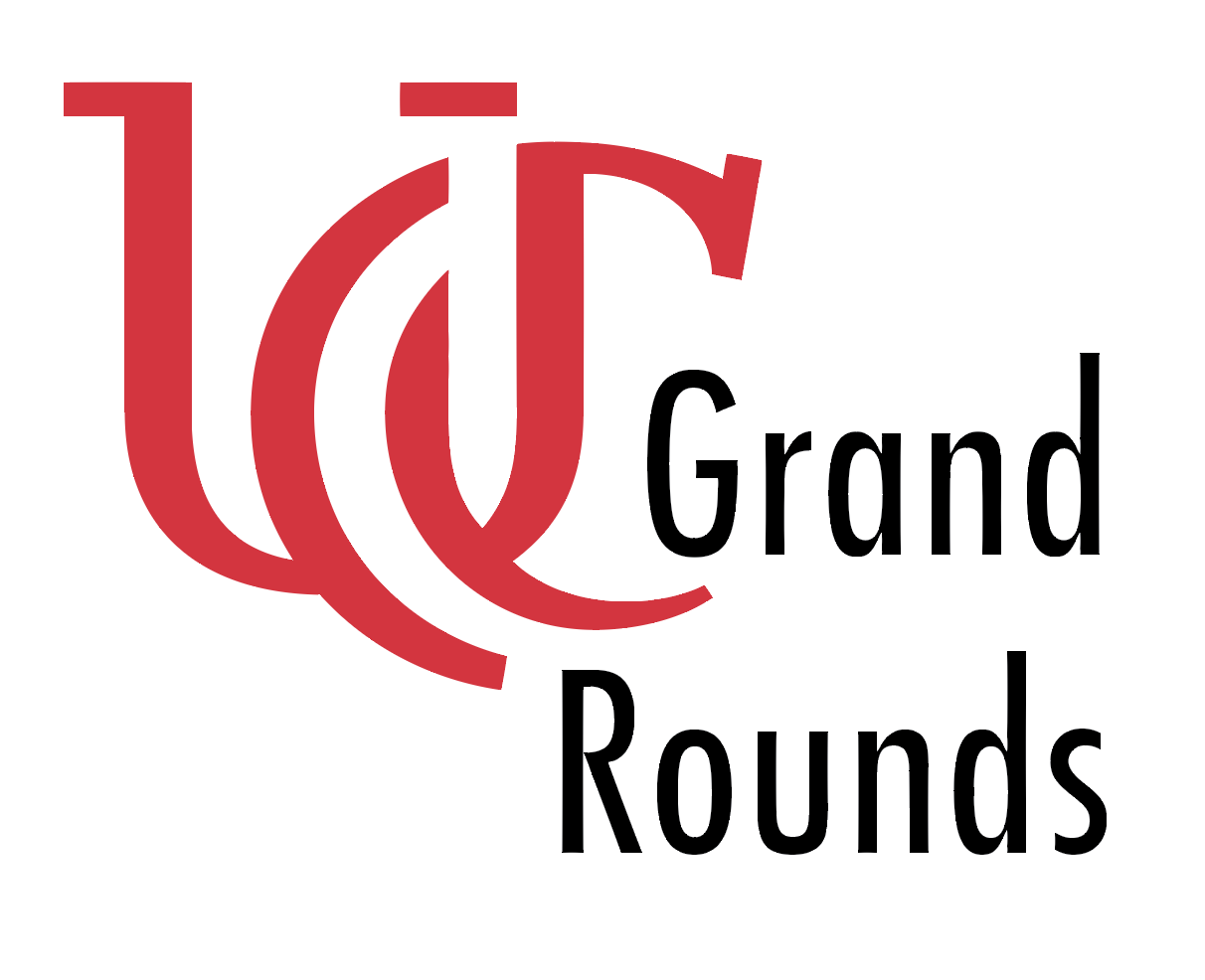Trio of Trauma - Journal Club Recap
/The care of trauma patients is constantly evolving. From the time of injury to OR or ICU, there are dozens of management decisions that can improve the care and outcome for your patients. In our most recent journal club we took a look at 3 articles that looked at the management of trauma patients in the ED and ICU. Should we be adding vasopressin to our massive transfusion protocols? Is DL dead for trauma patients? Should we move to use IO’s early in traumatic arrests?
Read More








